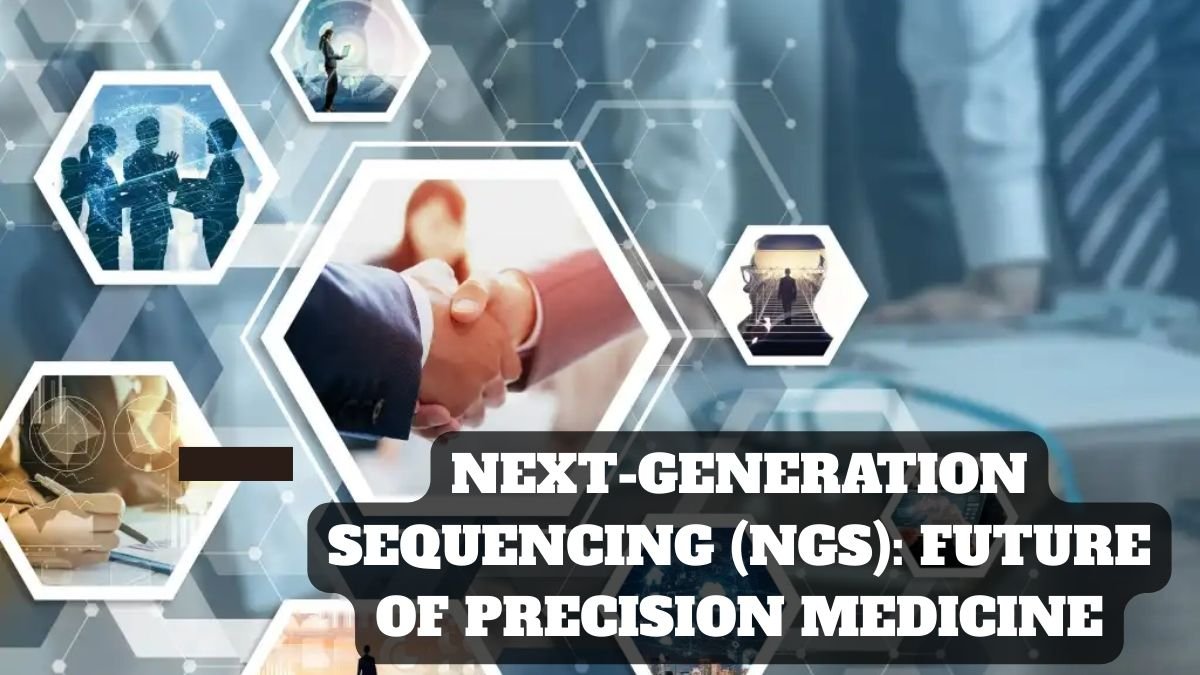The last twenty years with the fast development of science and technology have entirely revolutionized numerous spheres. The investigation of genes and DNA is one of such disciplines known as genomics. Next-Generation Sequencing (NGS) technology has transformed the scene in this field not only by making the scientific research easier but also providing new opportunities in medicine.
Unlike in the past when reading DNA and its structure was costly and time-consuming, new sequencing technologies are currently allowing it to be accomplished in a few hours or days. That is why NGS is no longer a prerogative of research, it is slowly turning into a standard practice of clinical care.
We shall discuss in this article the concept of NGS, its different forms and the importance of long-read sequencing, and how it is transforming the process of diagnosing and treating diseases in medicine.
1.What do you mean by Next Generation Sequencing (NGS)?
In simpler terms NGS is a technology that enables one to read entire sequences of DNA or RNA with very high speed and accuracy. The previous technology of short-read sequencing was only capable of reading a number of hundreds of nucleotides (small segments of DNA) at a time. Nevertheless, the current high-tech technologies can read millions to billions of nucleotides at the same time.
This is the reason why scientists are now able to comprehend the complete genome of an individual in a tiny fraction of the time and the cost.
2.The Future-Generation Sequencing and the necessity.
Although short-read sequencing continues to have the biggest market share, newer and third-generation sequencing technologies are currently coming out. Such technologies can not only read longer segments of DNA but can also deal with numerous other problems.
The most important characteristic of these new technologies is that they enable long-read and direct-read sequencing and it is easier to comprehend even complicated sections of the genome.
3.Long-read sequencing: What is so special about it?
Short-read sequencing reads just a few hundreds of nucleotides at once compared to long-read sequencing which is capable of sequencing up to 200 kilobases (kb) of DNA at once.
This difference is critical, especially where we are called to have an understanding of fields that:
- Have high GC content
- Have repetitive sequences.
- Have structural differences.
The short-read techniques are ineffective in these areas and the long-read techniques offer the correct information.
One more fact, which is rather significant, is that it can very often dispense with a PCR step. This gives excellent coverage in places where short-read methods normally are not effective.
4.Major Long-Read Techniques
Two large-read sequencing methods exist:
- The elongated, unbranded molecules of DNA are supported, and a sequencing reaction is initiated at each end of every DNA strand (or fragment).<|human|>Single-Molecule Real-Time (SMRT) Sequencing (a) Single-Molecule Real-Time (SMRT) Sequencing is based on the principle of supporting the elongated, unbranded molecules of DNA and launching a sequencing reaction at each end of every DNA strand (or fragment).
- Here the process of DNA reading takes place at the nanowell bottoms.
- A nanowell has a polymerase enzyme that cleaves on one DNA template at a time.
- This is extremely precise and it is able to read long sequences.
(b) Nanopore Sequencing
- Here, a helicase-pore complex is passed through DNA or RNA.
- A flow in electric current takes place when the nucleotides go through the pore.
- This alteration is noted so as to extract the sequence.
- The greatest strength of it is that it is capable of direct DNA or RNA sequencing.
5.Long-Read Sequencing Applications.
Long-read technology is not only employed in the research field, but also has many realistic advantages:
Allele Phasing: It assists in identifying the variations (including mutations) of a gene and which ones are possible to be combined together.
Pseudogenes and Repeat Regions: Pseudogenes and Repeat Regions were identified by the application of the following tools: Determination of sections of the genome that cannot be precise reads by short-read technology.
Cancer Research: It aids in the examination of complicated genomes of cancer cells and location of new mutations.
In the diseases like cystic fibrosis: This technology has been demonstrated to be extremely useful in diagnosing certain gene alterations in patients as per the recent studies.
6.Future Directions
Even though long-read sequencing is costly and has based analysis problems, it is becoming more popular due to continuous advancements.
- Accuracy is improving.
- Prices are becoming increasingly lower.
- The tools of data analysis are being more sophisticated.
- This technology will be very important in:
- Early disease diagnosis.
- Treatment planning
- Personalized medicine
Conclusion
Next-generation sequencing (NGS) has provided a new path to the world of genomics. It has been possible to decode DNA in a few hours, whereas it used to take years in the past. The limitations that were inherent in short-read technologies have been overcome by long-read sequencing, specifically. This technology is set to be the foundation of cancer research, genetic disease discovery and personal medicine.
